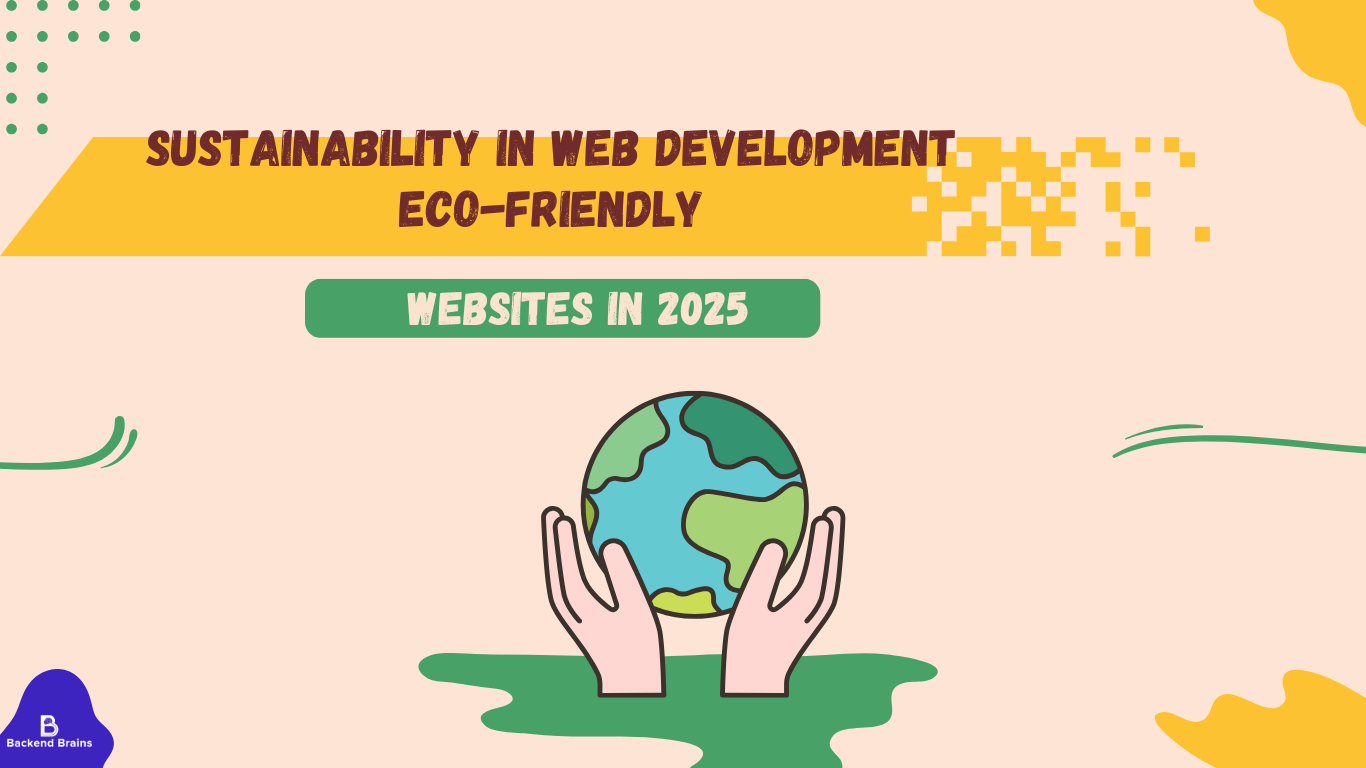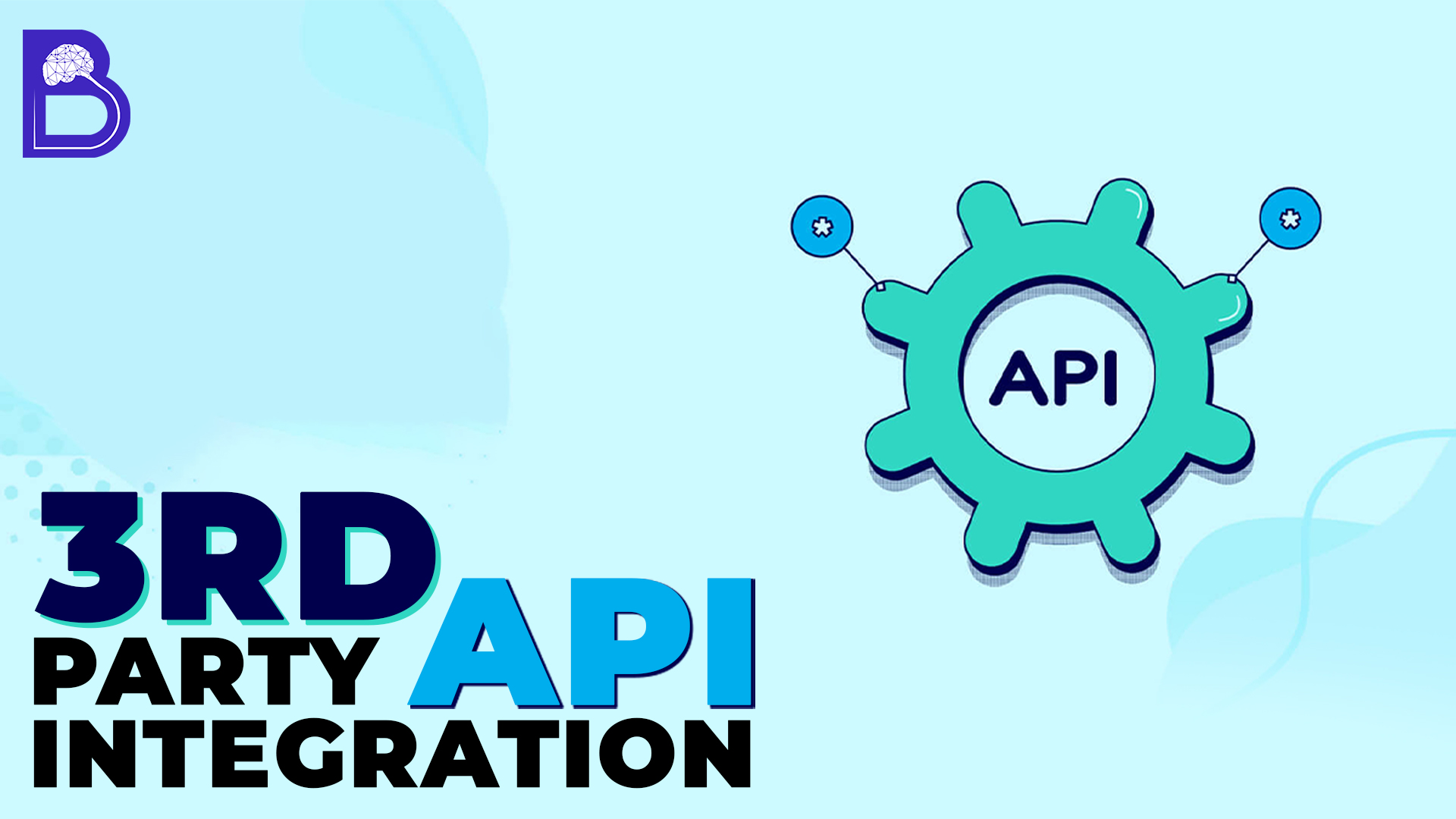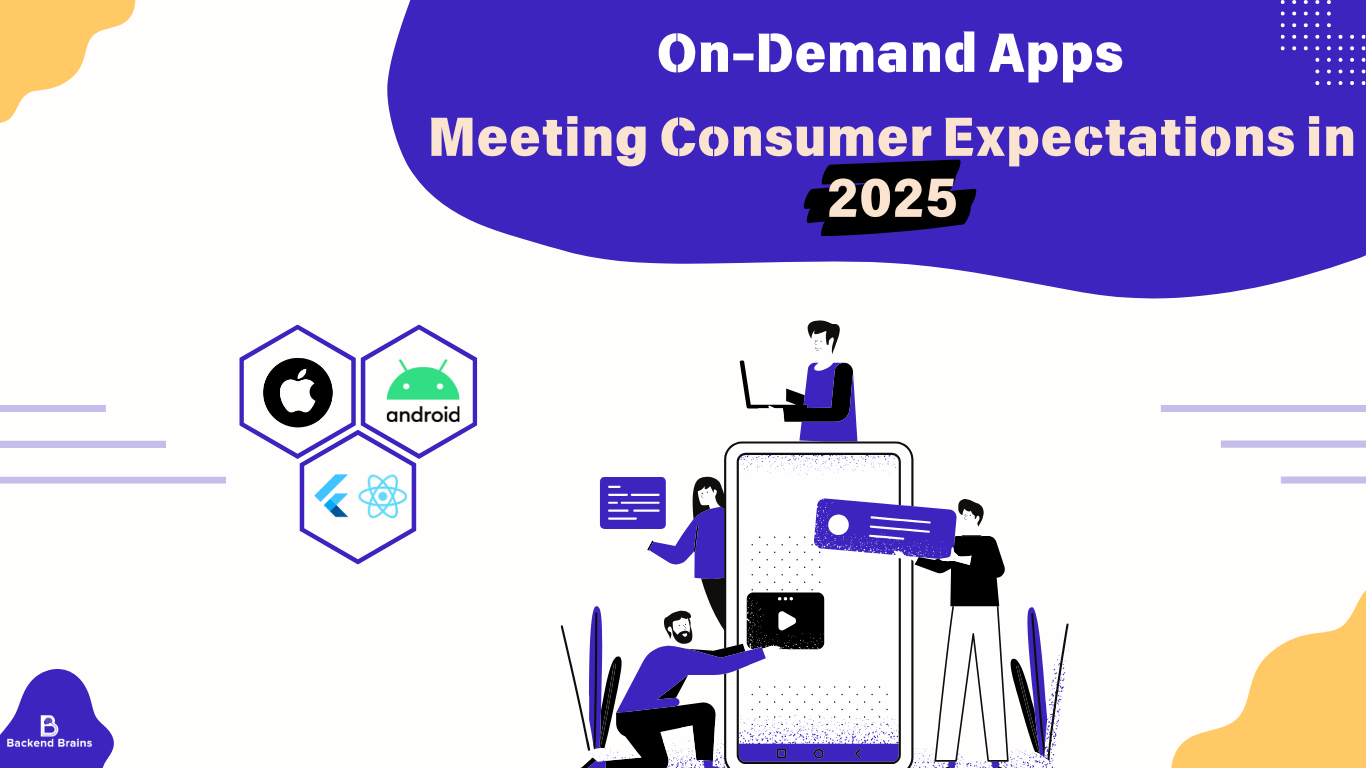22 January 2025
Sustainability in Web Development: Eco-Friendly Websites in 2025

Introduction
- Brief overview of why sustainability matters in today's digital age.
- The impact of websites on energy consumption and the environment.
The Environmental Cost of Web Development
- Explaining the energy usage of websites (e.g., servers, data centers, and user devices).
- Stats on carbon emissions from websites in 2025.
Eco-Friendly Web Development Practices
- 1. Efficient Coding
- Writing optimized, lightweight code to reduce load times and energy use.
- 2. Green Hosting Providers
- Choosing hosting services powered by renewable energy.
- 3. Optimizing Multimedia
- Compressing images and videos to lower data transfer.
- 4. Minimizing Website Carbon Footprint
- Implementing caching and lazy loading techniques.
The Role of Design in Sustainability
- Creating minimalistic and user-friendly designs.
- Dark mode as a sustainable design choice.
Case Studies: Companies Leading the Way
- Examples of brands adopting sustainable web practices in 2025.
Benefits of Sustainable Web Development
- Improved website performance and user experience.
- Aligning with eco-conscious consumer values.
How to Start Building Eco-Friendly Websites
- Tools and resources for developers to measure and improve Website sustainability.
- Platforms for assessing website carbon emissions (e.g., Website Carbon Calculator).
Conclusion
- Encouragement to embrace sustainability for a greener web.
- Final thoughts on the role of developers in reducing digital pollution.










